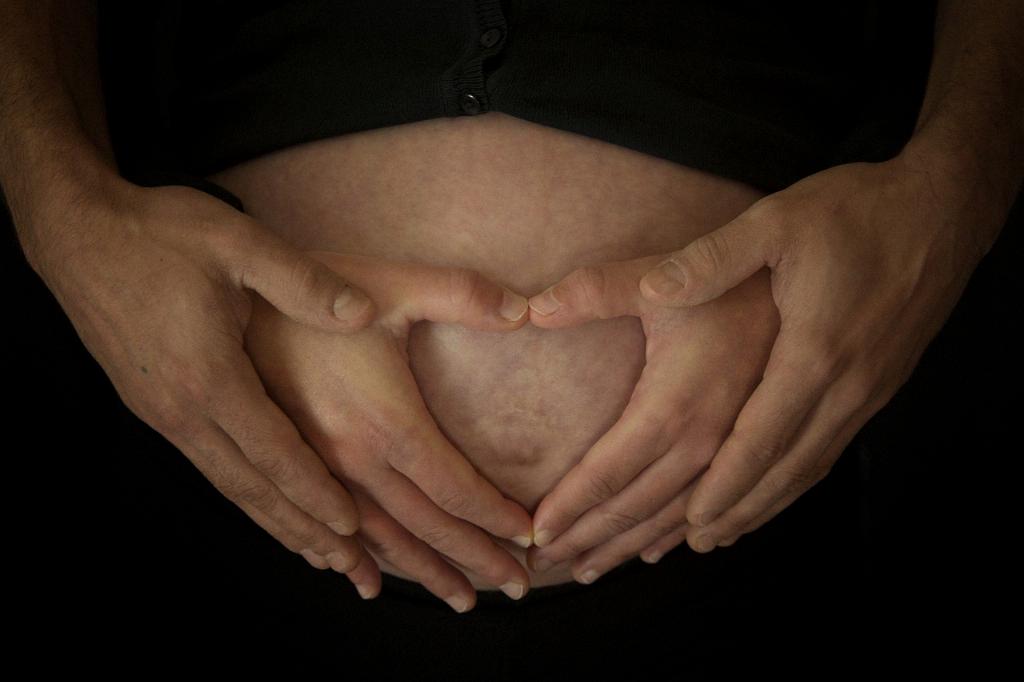If you are faced with a PUPPP rash on your stomach, it’s essential to understand the various treatment options available to alleviate the discomfort and itching associated with this condition. PUPPP stands for Pruritic Urticarial Papules and Plaques of Pregnancy, and it commonly occurs in pregnant women during the third trimester.
One of the primary ways to treat a PUPPP rash on your stomach is through the use of topical corticosteroids. These medications can help reduce inflammation and itching, providing significant relief. However, it’s crucial to consult with your healthcare provider before using any topical creams to ensure they are safe for you and your baby.
In cases where the rash is widespread and causing intense itching that does not respond well to topical treatments, systemic glucocorticoids may be prescribed. These oral medications can help address the underlying inflammation and provide more comprehensive relief from the symptoms of PUPPP.
Aside from pharmaceutical interventions, there are also other methods you can explore to alleviate the discomfort of a PUPPP rash on your stomach. Using cool, wet compresses on the affected area can help soothe the itching and provide temporary relief. Additionally, taking oatmeal baths may also help calm the skin and reduce irritation.
It’s essential to maintain good skincare practices when dealing with a PUPPP rash on your stomach. Keeping the affected area clean and moisturized can help prevent further irritation and promote healing. Opt for gentle, fragrance-free skincare products to avoid exacerbating the rash.
Furthermore, wearing loose-fitting clothing made from breathable fabrics can help prevent friction and irritation on the rash. Avoiding tight clothing that can further aggravate the skin is crucial during the treatment period. Opt for soft, cotton garments that allow your skin to breathe.
Staying hydrated is another critical aspect of managing a PUPPP rash on your stomach. Drinking plenty of water can help keep your skin hydrated from within, promoting overall skin health and potentially reducing the severity of the rash. Maintaining good hydration levels is essential for overall skin healing.
Additionally, incorporating anti-inflammatory foods into your diet may help support your body’s natural healing processes and reduce inflammation associated with the rash. Foods rich in omega-3 fatty acids, such as salmon and flaxseeds, as well as antioxidant-rich fruits and vegetables, can be beneficial.
During the treatment process, it’s crucial to prioritize self-care and relaxation to help manage stress, which can exacerbate skin conditions like PUPPP. Engaging in activities that promote relaxation, such as yoga, meditation, or gentle exercises, can help reduce stress levels and support skin healing.
If you experience severe discomfort or notice any concerning symptoms while treating a PUPPP rash on your stomach, it’s essential to seek medical guidance promptly. Your healthcare provider can offer personalized advice and recommend additional treatments if needed to ensure the rash resolves effectively.
In conclusion, while dealing with a PUPPP rash on your stomach can be challenging, there are various treatment options available to help alleviate symptoms and promote healing. By combining medical interventions, skincare practices, hydration, healthy diet, and stress management techniques, you can effectively manage and improve the condition of your skin during this time.

